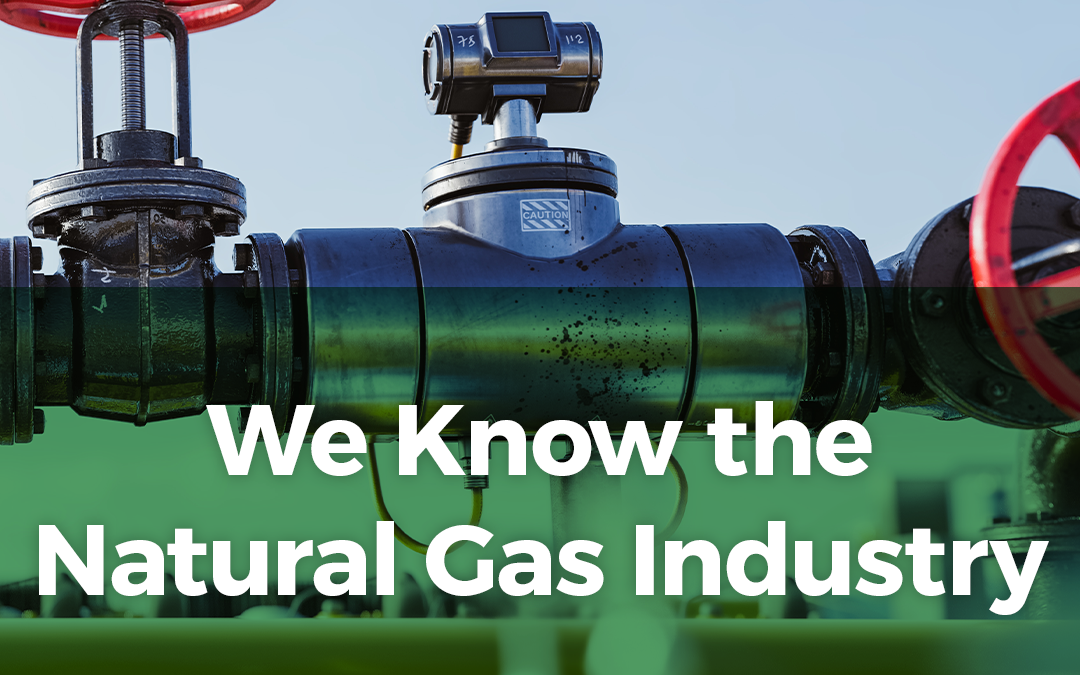In the midstream gas and oil industry, Parkline control buildings play a crucial role in the safe and efficient operation of pipelines, storage terminals, and processing plants.
Our buildings are designed to house the control systems and personnel responsible for monitoring and managing the flow of oil and gas.
Here are the key functions and features of control buildings for gas and oil applications.
- Centralized Monitoring and Control
- Supervisory Control and Data Acquisition (SCADA) Systems allow operators to monitor and control pipeline operations – including pressure, flow rates, and valve positions – from a centralized location.
- Real-time Data Collection systems gather real-time data from various sensors and instruments located throughout the pipeline network, storage facilities, and processing plants.
- Alarm Systems monitor for abnormal conditions or emergencies, triggering alarms and enabling rapid response to potential issues.
- Safety and Security
- Emergency Shutdown Systems (ESD) quickly shut down operations during a safety breach or equipment failure.
- Fire and Gas Detection systems protect personnel and infrastructure.
- Security Monitoring systems monitor for unauthorized access or potential threats.
- Operational Control and Management
- Flow Management operators can manage the flow of oil and gas, ensuring optimal performance and efficiency while maintaining safety standards.
- Maintenance Coordination minimizes downtime and ensure continuous operations.
- Data Analysis and Reporting optimize operations, track performance, and generate reports for regulatory compliance and management review.
- Communication and Coordination
- Internal Communication Systems allow operators to coordinate with field personnel and other control centers.
- External Communication links control buildings with external entities such as regulatory agencies, emergency responders, and company headquarters.
- Environmental and Regulatory Compliance
- Emissions Monitoring ensure compliance with environmental regulations.
- Regulatory Reporting provide the necessary data and documentation required for regulatory compliance and reporting.
- Redundancy and Reliability
- Backup Systems ensure reliability and continuous operation, even in the event of equipment failure.
- Backup Power Supplies, such as generators and uninterruptible power supplies (UPS), maintain operations during power outages.
Control buildings that support the midstream gas and oil industry serve as the central hub for monitoring, controlling, and managing the transportation and storage of oil and gas. They are essential for ensuring operational efficiency, safety, security, and regulatory compliance. Contact us for more information about how we can design and engineer your next project.

